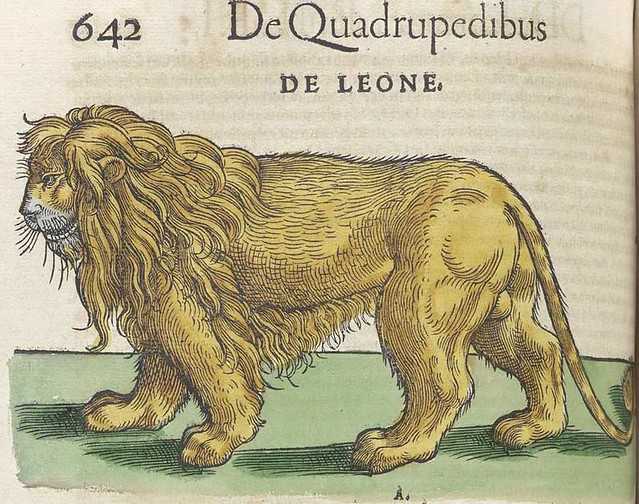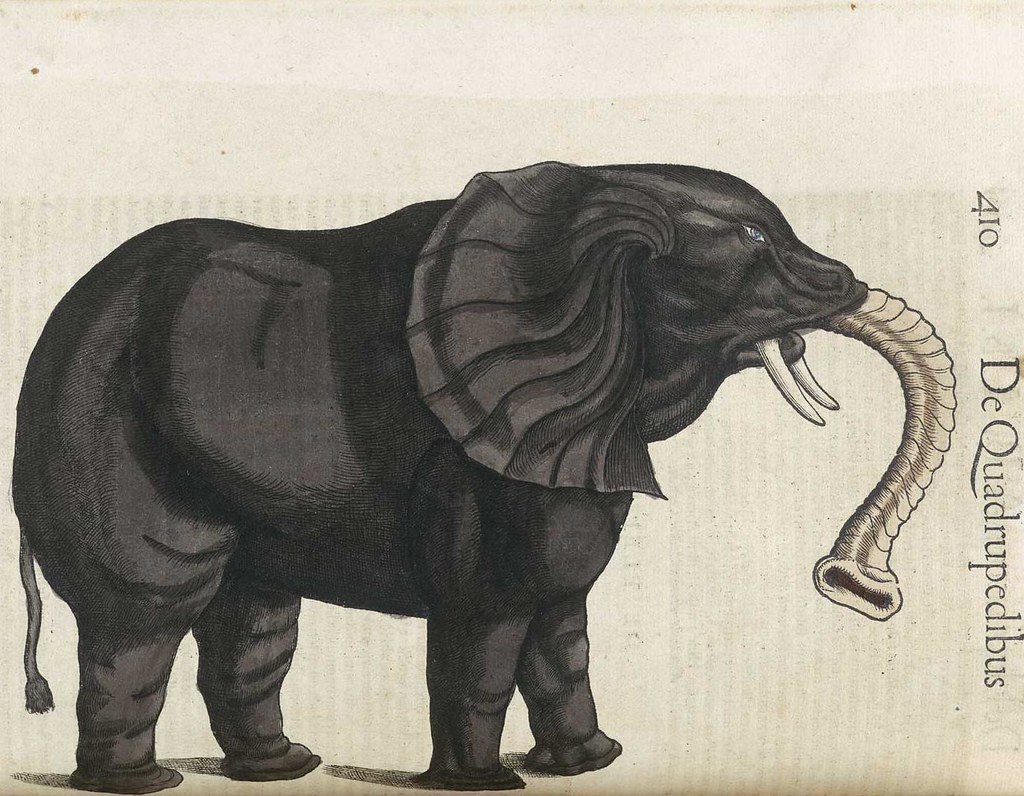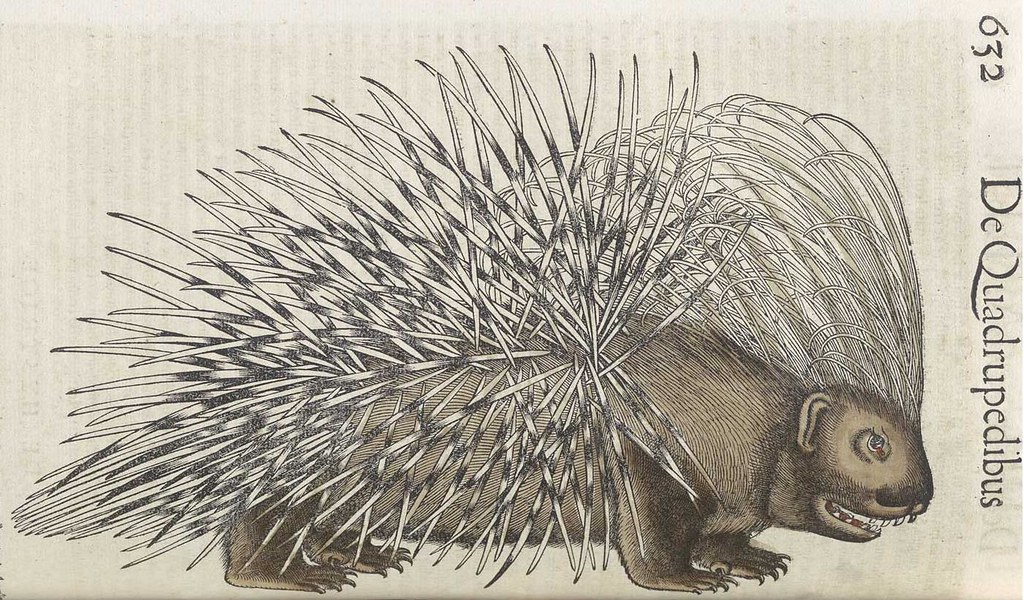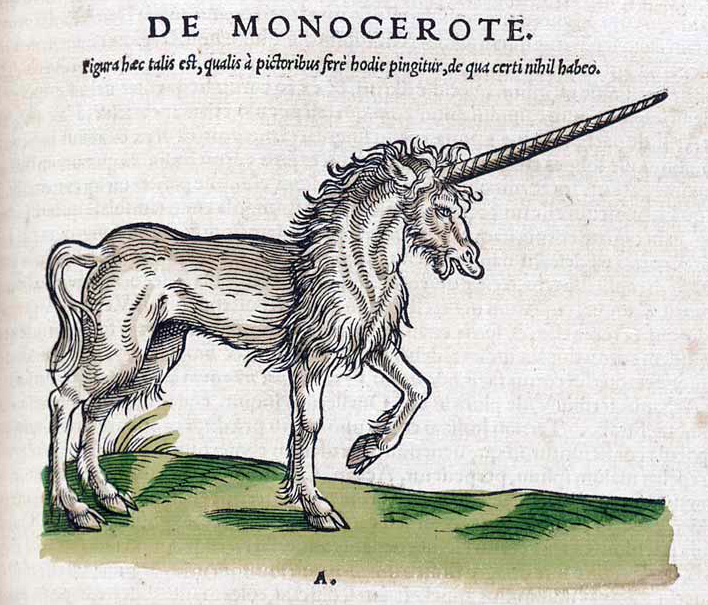Manly Palmer Hall (1901-1990)
was a Canadian mystic and philosopher author, most famous for his 1928 –he was only 27- work “The
Secret Teachings of All Ages” (Original title “An Encyclopedic Outline of Masonic, Hermetic, Qabbalistic and Rosicrucian Symbolical Philosophy: Being an Interpretation of the Secret Teachings concealed within the Rituals, Allegories and Mysteries of all Ages”)
I had the opportunity to
investigate Manly Palmer Hall works thanks to an amazing preservation center
and digitalization project I recently discovered: The Internet Archive which has
been one of best documentation funds –at least in volume- I could check so far.
Probably they will have to improve the search engine for anonymous users, but
the indexation is excellent. Manly Palmer Hall available resources are hosted on the Getty Research Institute, a well known old
friend; that has a subsite on the internet archive project.
About Manly Palmer, being a
child he was drawn to the arcane world of mysticism, esoteric philosophies, and
their underlying principles. His young interest was solidified by meeting —and
becoming a student of— Sydney J. Brownson, a civil war veteran (link to his bio). Hall delved deeply into
"teachings of lost and hidden traditions, the golden verses of Hindu gods,
Greek philosophers and Christian mystics, and the spiritual treasures waiting
to be found within one's own soul."
In
1934, Manly Palmer Hall founded the Philosophical Research Society (PRS) in Los
Angeles, California, a nonprofit organization dedicated to the study of
religion, mythology, metaphysics, and the occult. This Society is still active, but I had problems to reach their web page; so I found that there's a University of Philosophical Research, same street address (Los Feliz Blvd, Los Angeles CA).
Manly Palmer was also Knight Patron
of the Masonic Research Group of San Francisco. On
June 28, 1954, Hall initiated as a Freemason into Jewel Lodge No. 374,
San Francisco (now the United Lodge)
He took the Scottish Rite Degrees a year
later, and received his 32° in the Valley of San Francisco. On 1973 (47 years after writing The Secret Teachings of All
Ages), he was recognized as a 33° Mason (the highest honor conferred
by the Supreme Council of the Scottish Rite) at a ceremony held at the
Philosophical Research Society.



















